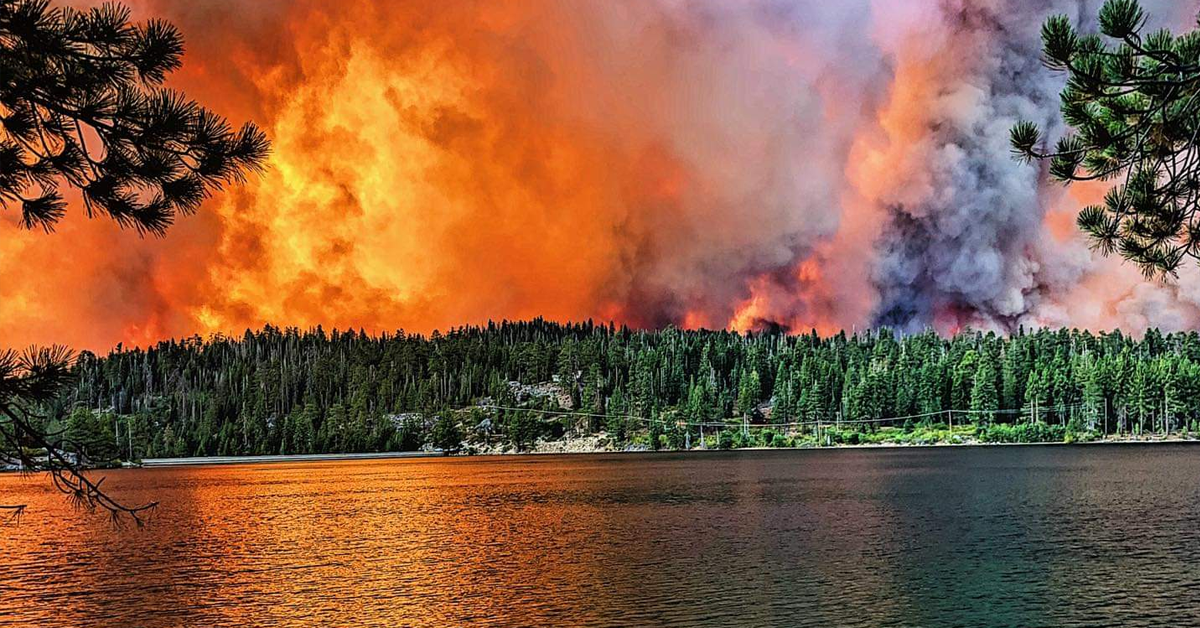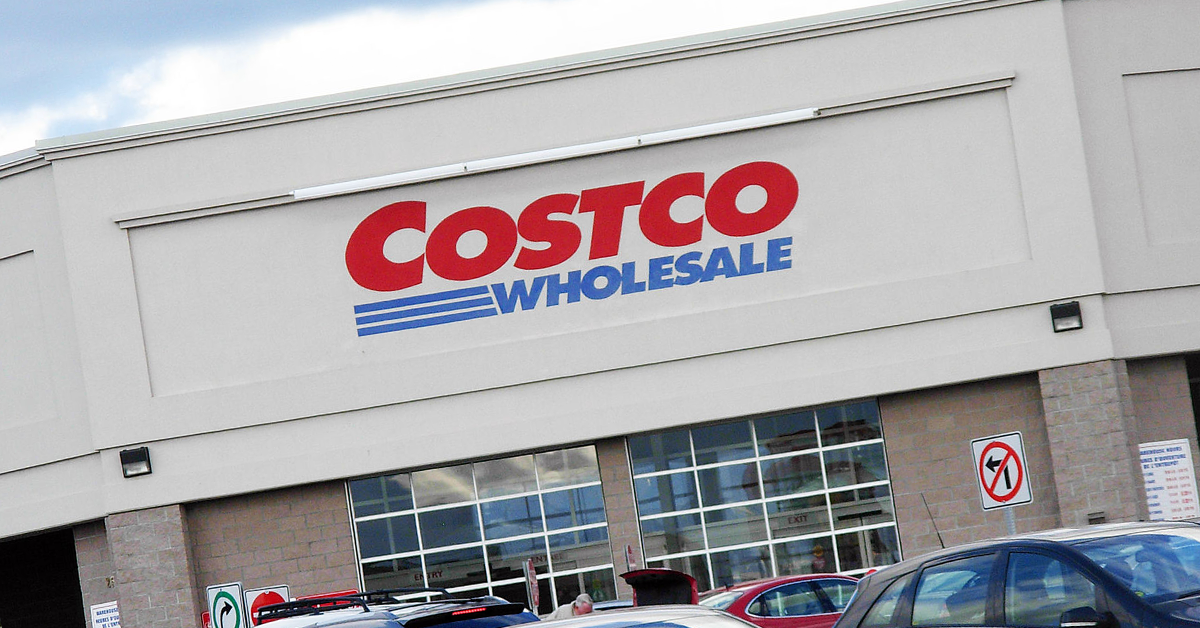City Hall is quietly but steadily building something that could eventually shift Fresno’s center of gravity.
The military has the best term to describe what this effort is all about: lines of communication.
The Planning Commission on Feb. 7 gave its nod of approval to administrative chores involving two streets, one in Southeast Fresno, the other in Southwest Fresno.
What we’re talking about in Southeast Fresno is the piece of Temperance Avenue from East Jensen Avenue to Highway 180.
What we’re talking about in Southwest Fresno is the piece of Central Avenue from Highway 41 to Cedar Avenue.
The task before the commissioners was something called “Official Plan Lines,” or OPLs. The pieces of Temperance and Central in question currently have a certain configuration. City planners know those configurations will need to change with the times.
Official Plan Lines are blueprints for those future configurations. They give all stakeholders – property owners, service providers, potential investors – an authoritative sense of what the modernized streets will look like.
When they’re modernized depends on vagaries of life. But there’s no reason to draft new OPLs unless change is just around the bend.
The Planning Commission in such matters recommends to the City Council either approval or rejection of staff’s request. The commissioners on Feb. 7 voted 4-0 to recommend approval of the new OPLs for Temperance and Central. The City Council at some point will have the final say.
Temperance between Jensen and 180 is now two lanes. The proposed OPL envisions a six-lane road.
Central between 41 and Cedar is now two lanes. The proposed OPL envisions a three-lane road, with the center lane for turns.
I know what you’re thinking: OPLs sound dull. And, truth be told, the dozen or so comments from audience members were brief and reflective rather than long and passionate. There were concerns about noise walls and traffic lights. A farmer wanted to make sure any change to Central wouldn’t harm his access to irrigation water. A handful of speakers (myself among them) said they weren’t sure what the entire process actually meant to future life in this neck of Fresno’s woods.
Commission Chairman Serop Torossian came to the rescue. He asked Public Works staffers to return to the microphone and explain again what was going on.
Here’s my guess about what’s going on: These sections of Temperance and Central are parts of Fresno’s first great growth rush of the 21st century.
Take a look at a map of our fair city. We’ve got the City of Clovis along our northeast and east borders. We’ve got the San Joaquin River to the northwest, with Madera County on the other side.
We can grow along the relatively narrow channel between Clovis and the river. That would take us toward Friant. I don’t sense much enthusiasm for that idea at the Fresno County Hall of Records.
We can grow on the west side of Highway 99, north of Roeding Park. We’ve already tried that. Until Veterans Boulevard is built, that part of town will continue to deserve the nickname “Forgotten Fresno.”
Forget about growing in the area between Roeding Park and Highway 180 heading toward Kerman. Nothing but cemeteries and the forlorn Roeding Business Park there.
What about infill development? Yes, that’s an option, one that City Hall has been touting for years. But there’s a limit to consumer demand (residential, commercial, industrial) for developable sites at, say, McKinley Avenue and Fresno Street.
That leaves the curve of bountiful land stretching from the old Running Horse site (now Assemi-owned Mission Ranch) in traditional West Fresno to the Fancher Creek project in Southeast Fresno. In essence, we’re talking about 180 on the west edge of town to 180 on the east edge.
Most of the curve is in the city limits. The rest is in Fresno’s sphere of influence, meaning it’s destined someday to be a part of the city. The curve doesn’t yet have an informal but commonly used brand name, but it should.
For now, let’s call it The Curl. What’s happening in The Fresno Curl?
I give you a handful of examples.
- There’s the new Southwest Fresno Specific Plan, the first-ever official growth blueprint for areas on the edge of traditional West Fresno. “With ample land available for development and a prime location next to Fresno’s downtown,” the plan says, “Southwest Fresno has great potential.”
- There’s the Reverse Triangle at the very bottom of Fresno, with Highways 99 (on the east) and 41 (on the west) serving as borders and Central or American Avenue as the base. When Mayor Lee Brand says he’s going to create 10,000 new jobs in eight years (should he get two terms), he’s counting on the Reverse Triangle to generate the lion’s share of them. This is home to the huge Amazon and Ulta Beauty fulfillment centers. The Caglias want to build two million square feet of industrial capacity here. I hear through the City Hall grapevine that John Brelsford wants to build something of his own just as big. And should the bullet train become a working reality, the system’s heavy maintenance facility just might land in this neighborhood.
- There are the 13 square miles of SEGA – the Southeast Growth Area (City Hall is now trying to rebrand it as SEDA, for Southeast Development Area; I prefer SEGA). The stretch of Temperance reviewed by the Planning Commission last week is part of SEGA’s west border. SEGA when built out should be home to more than 100,000 people. SEGA (which is so big that it goes well north of 180) was a hot deal some 10 to 15 years ago. It got shoved into City Hall limbo for a variety of economic and political reasons. SEGA is in play again, as the Planning Commission meeting proved.
- Ed Kashian, Fresno’s most storied developer (transcending the Assemis and even John Bonadelle Sr. in local historical importance), is back in the swing of things with his on-again off-again Fancher Creek mixed-use project at Clovis and Belmont Avenues. The new Southeast Policing District station will be here. Fancher Creek is just to the west of SEGA.
- And we’re only a few months away from the grand ribbon-cutting for the new Southeast Surface Water Treatment plant on Floradora Avenue between Fowler and Armstrong avenues. This treatment plant, when going full tilt, will dwarf the output of the Northeast Surface Water Treatment plant. The Southeast plant is designed to deliver potable water throughout the city. The state Sustainable Groundwater Management Act means the Southeast plant will be a boon to developers in Southeast and Southwest Fresno.
There are plenty of other reasons to see The Curl as the heart of Fresno’s future.
For instance, City Hall for environmental reasons must put in place a mode of public transportation to get workers to all those jobs in the Reverse Triangle. The new Bus Rapid Transit system goes along Kings Canyon Road far into Southeast Fresno; sending Phase 2 of BRT through Southeast Fresno and into the Reverse Triangle should be a snap.
Local leaders will soon be asking the Trump Administration for big bucks to jumpstart a vocational training facility for the bullet train that would serve as a model for the entire nation. The only site that makes sense for such a school is right next to the heavy maintenance facility.
The sewer farm is its own island west of town. It will be a simple straight shot to send Public Utilities’ purple pipe system (recycled water) to Southwest and Southeast Fresno. That would mean lots of guaranteed water for industrial and landscape irrigation purposes even during extended droughts.
And in the near future we’ll see the start of construction on a community college campus in Southwest Fresno. Can some type of Fresno State satellite campus be far behind?
I could say much more about The Curl’s potential (I didn’t get into the proximity of the Fowler-Selma-Kingsburg corridor, which figures in many ways to be a major catalyst on the area’s growth). Instead, let’s curl back to the notion of “lines of communication.”
Obviously, the term means the way that military units communicate with each other. Good communication in tactical matters is pivotal to success in grand strategy. The field telephone is well-known line of communication from my days in the army.
But “lines of communication” involve much more than just one soldier talking to another soldier. For example, getting food and supplies to soldiers in a timely manner is also a line of communication. Break that line and you break the mission.
The Planning Commission on Feb. 7 took another step in City Hall’s epic effort to build effective lines of communication in The Curl. I predict City Hall will be successful. The private sector and countless consumers can then do their own thing. Fresno is thus transformed forever.
I wish I knew more about this effort at City Hall. Last week’s hearings on Official Plan Lines were a start for me.
I close with Luis Chavez, the District 5 City Council member who serves Southeast Fresno. We had a good chat by phone on Tuesday. Everything I’ve discussed so far is old hat to Chavez. Through his leadership on the dais and, before that, behind the scenes as Sal Quintero’s chief of staff, Chavez has had a big hand in advancing Southeast’s potential.
Water, schools, transportation, public safety, infrastructure, economic incentives, even something as mundane as OPLs – Chavez along with the Brand Administration are on it.
“We’re putting all the right pieces into place,” Chavez said. “It’s exciting.”
And historic.









That is certainly great and all, but how are we getting more population to move here without jobs—especially middle to high income jobs? These Ulta, Amazon sites are beneficial to help the unemployment but only a few positions there will be middle to high income. Rest will be unskilled entry level jobs that happen to be a good amount of pay relatively speaking for the central valley. What Brand and other investors need to do is bring more skilled/tech jobs here. We need more highly educated workforce here.
Can you tell me what this means for the discovery
Center by the airport. I’m on the board of the discovery Center.